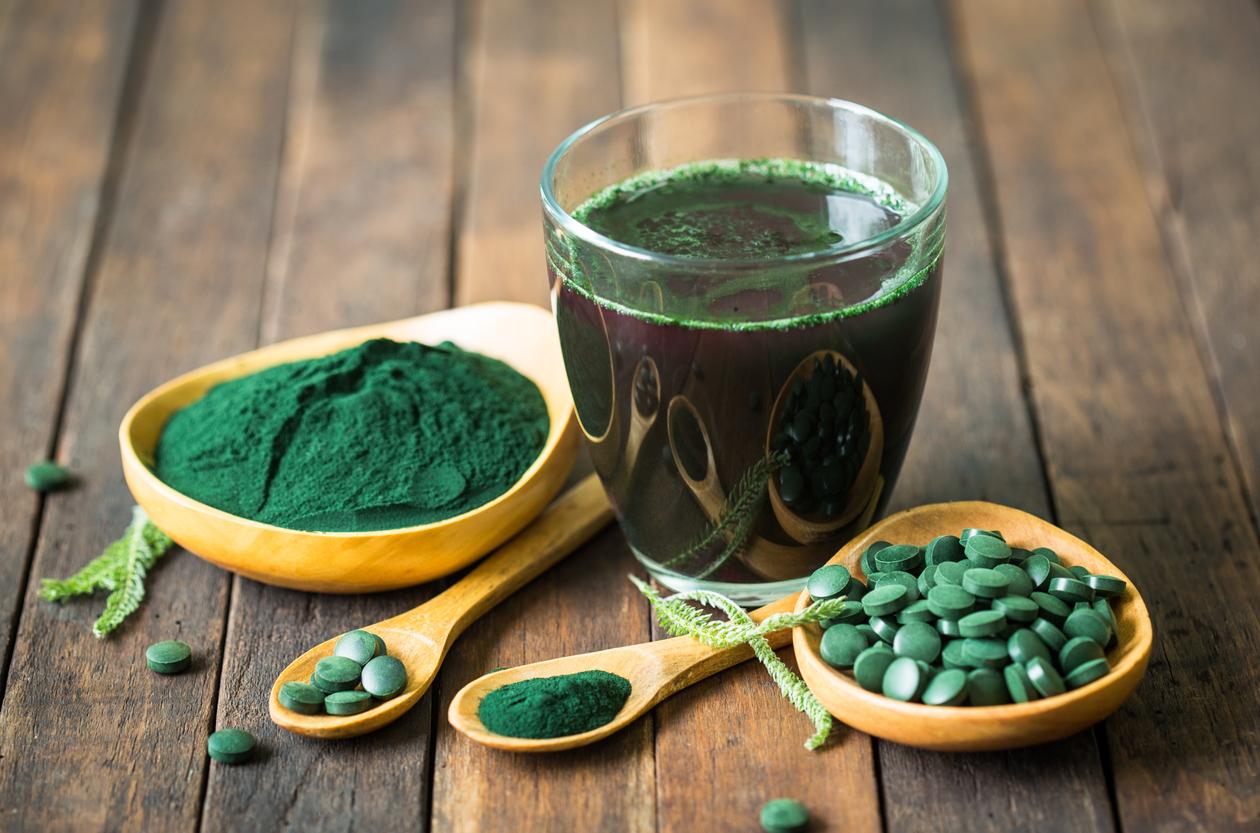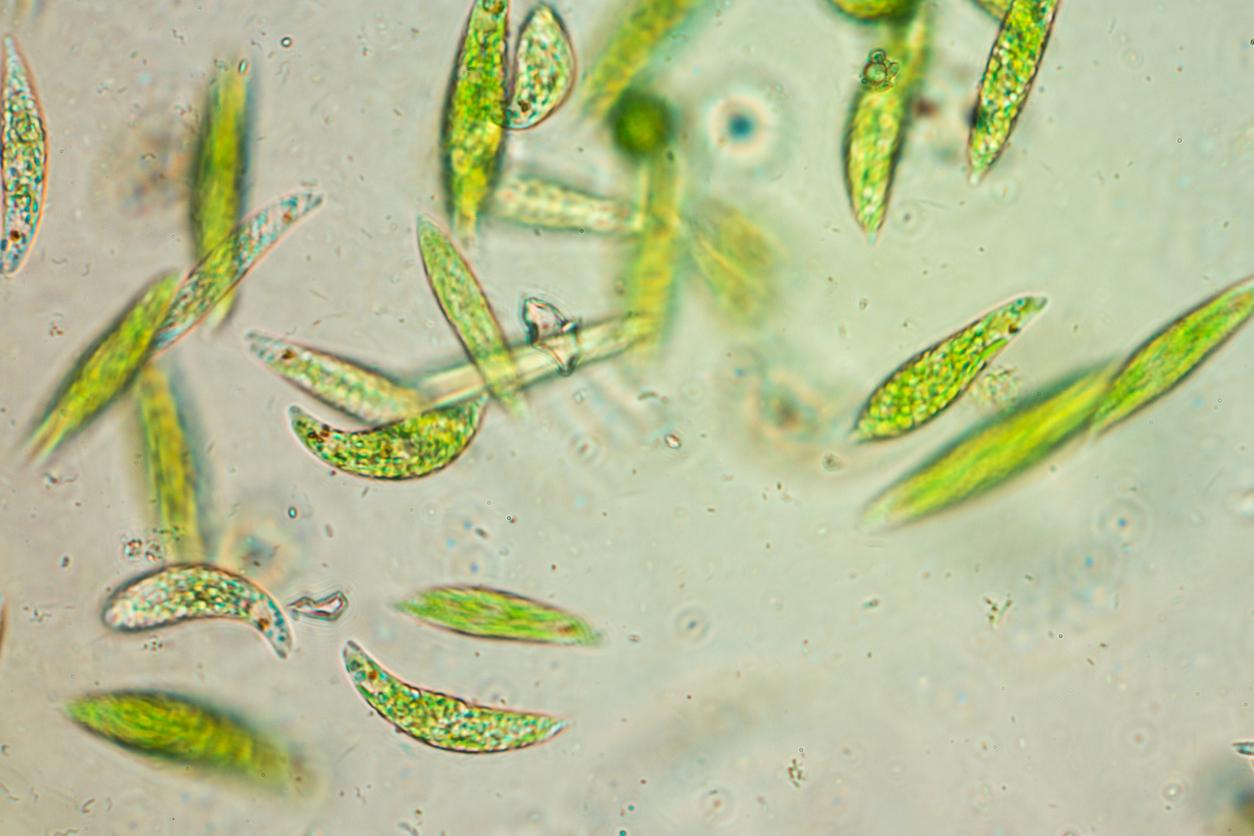What algae are sold in flakes?
If there are thousands of algae, only 24 are authorized for sale, and barely ten are in stores. The most common are sea lettuce (green algae), dulse and nori (red algae), kombu, sea bean and wakame (brown seaweed). They come from Asia but also increasingly from the Brittany coast. Most of the seaweed is harvested by professional fishermen, at low tide, on the rocks. But algaeculture is developing, especially for wakame and kombu.
Read also: The health benefits of Japanese cuisine
Slimming: the advantages of Japanese cuisine
How to choose them well?
“The algae fix heavy metals, explains Régine Quéva, so we prefer those from our coasts, because our regulations are very strict on the quality of the water. The sweet tasting dulse and the oyster flavored wakame are interesting. Otherwise, there are mixtures of 3 different colored seaweeds: dulse, sea lettuce and nori. “Avoid those that have a pale color, a sign that they have remained too long in the light and have lost antioxidant pigments”, emphasizes the specialist. Glitter can be kept for a year or more, protected from heat, light and humidity.
What are their nutritional advantages?
“They contain all the minerals and vitamins, are rich in fibers soft and well supplied in protein, with all the essential amino acids, says Régine Quéva, seaweed cooking trainer. Green algae stand out for their richness in magnesium, calcium and iron; the reds by their protein and vitamin A content; and brunettes by their fiber and iodine intake. “But do not overdo it:” no more than 2 to 3 tbsp. to s. per day, because an excess of iodine can disrupt the thyroid, and magnesium, have a laxative effect ”, underlines the expert.
Read also: Spirulina, an unbeatable vitality supplement
How to use them in the kitchen?
They are sprinkled on omelets, steamed potatoes, raw vegetables, fish, salads … or slip into a savory cake, sardine rillettes, a salmon quiche, worked butter … “Kombu is interesting with pulses, because it reduces cooking time and facilitates their digestion, ”notes Régine Quéva. The more daring can put it in a cake batter or a fruit salad, after having rehydrated them in a syrup.
Read also:
Seaweed tartare
Adding algae to our diet would reduce heart risks
Slimming: algae, your new allies
















